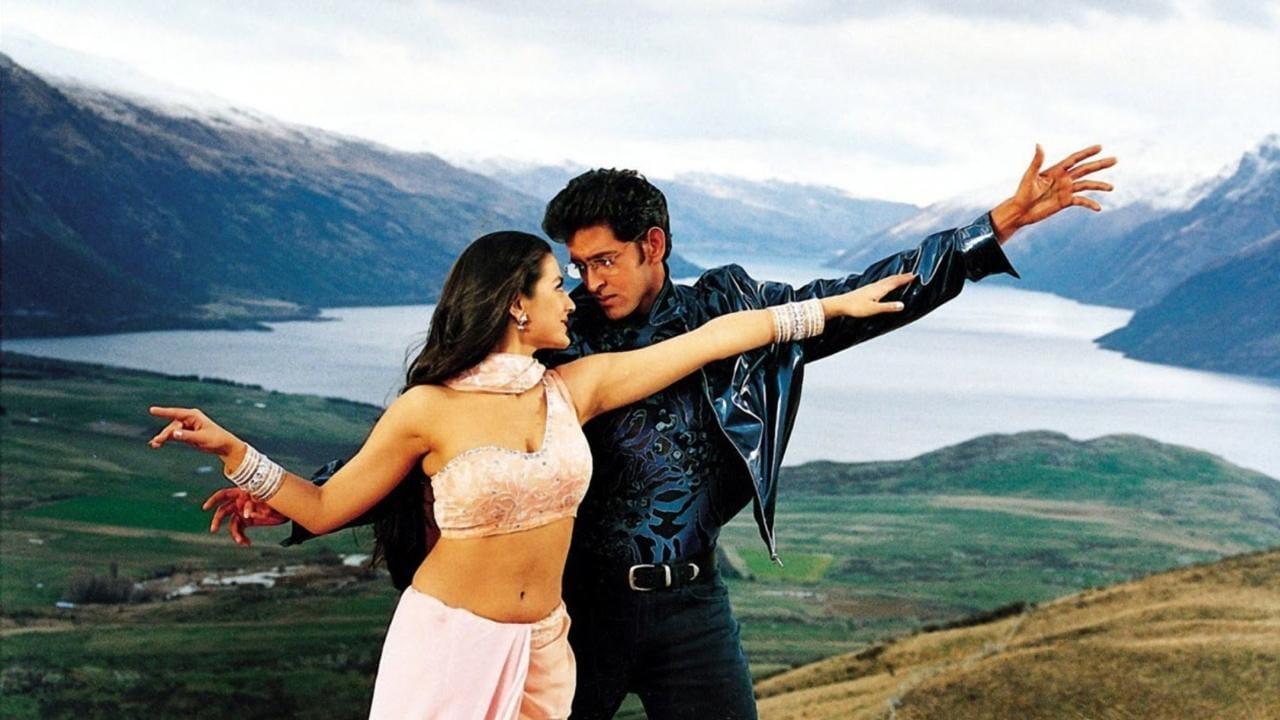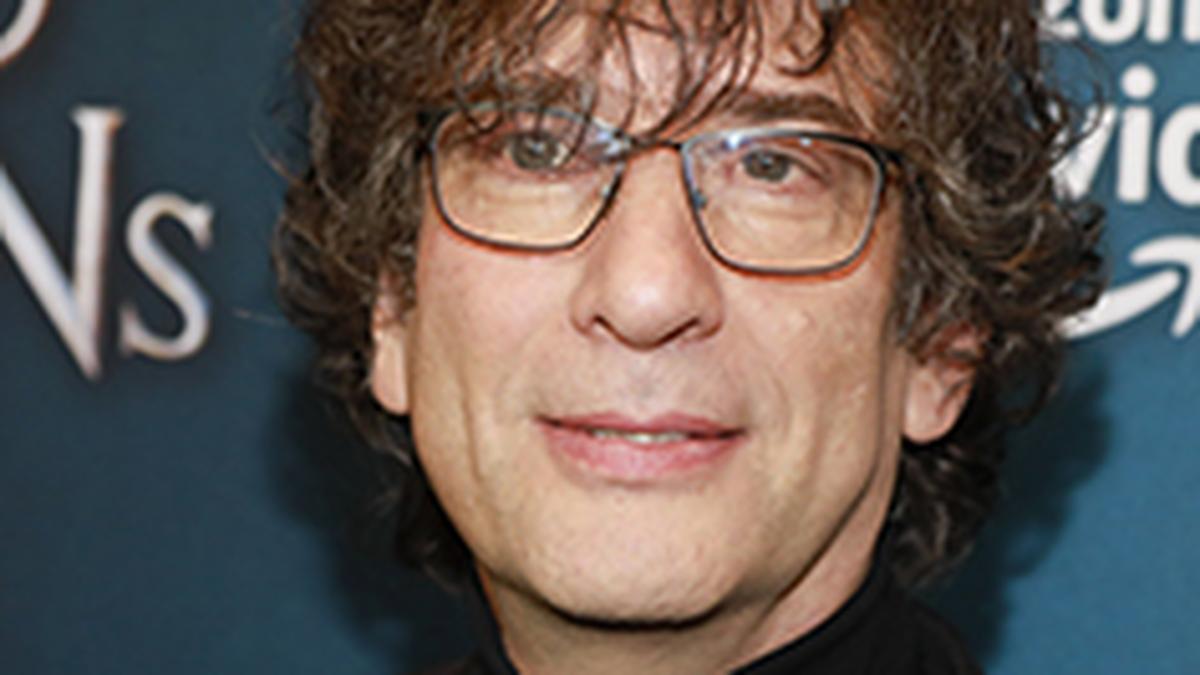
The story so far: On July 8, in a landmark judgment, the Supreme Court of India addressed a plea calling for the ban of the film Aaankh Micholi due to its derogatory portrayal of people with disabilities. This pivotal ruling established comprehensive guidelines designed to curb the stereotyping and discrimination of persons with disabilities (PwDs) in visual media, including films and documentaries.
The Supreme Court’s framework is a significant step toward mitigating the stigmatisation and discrimination faced by persons with disabilities. The guidelines underscore the necessity to preserve the dignity and identity of PwDs by avoiding language that fosters institutional discrimination. Terms such as “cripple” and “spastic” are singled out for their negative impact on self-image and the reinforcement of discriminatory attitudes. Chief Justice of India D.Y. Chandrachud, leading the Bench, emphasizes that stereotyped portrayals of differently-abled individuals in visual media must cease. Creators are urged to provide accurate representations of disabilities instead of mocking them. Additionally, the Court instructs the avoidance of language that individualises impairment and neglects social barriers, such as the words “afflicted,” “suffering,” and “victim.”
A notable principle highlighted by the Court is “nothing about us, without us,” urging the involvement of persons with disabilities in the creation and assessment of visual media content. This underscores the importance of genuine representation and collaboration in media portrayals.
The legal framework governing disability rights in India is embodied in the Rights of Persons with Disabilities (RPwD) Act, which came into effect on April 19, 2017, replacing the Persons with Disabilities (Equal Opportunities, Protection of Rights and Full Participation) Act of 1995. Other pertinent laws include the National Trust Act (1999), Rehabilitation Council of India Act (1992), and Mental Health Care Act (2017).
The emphasis on accessibility extends beyond language. The Delhi High Court has directed the Central Government to notify norms ensuring that films are accessible to hearing and visually impaired individuals. However, film producers have pushed back against these mandatory cinema accessibility guidelines, citing various challenges.
Shashank Pandey, a Delhi-based lawyer and founder of the Politics and Disability Forum, asserts that disability rights are viewed through two broad models: the medical and social models.
. The human rights model, a recent evolution of the social model, recognises persons with disabilities as integral parts of society with equal rights to others. The Supreme Court’s adoption of the human rights model obliges both government and private entities to facilitate the full and effective participation of PwDs in society. Pandey notes that while this approach ensures that all human rights principles applicable to any individual can be claimed by the disabled populace, it remains an abstract and difficult-to-implement concept. He also points out the framework’s limitation, as it only applies to visual media, suggesting that the guidelines could have been disseminated to all government departments for broader sensitisation.
V. Muralidharan from the National Platform for the Rights of the Disabled welcomed the ruling, stating that the framework reinforces guidelines established in the 2016 legislation. However, he laments the law’s poor implementation. “We must acknowledge the prevailing conditions in the country. Disabled people are still viewed as objects of charity. The governmental term ‘Divyang’ reflects a regressive, patronising mindset,” remarked Muralidharan. He also criticised political rhetoric, including terms like “pappu” and “balak budhi,” which degrade opponents and highlight the ongoing struggle against discriminatory attitudes.
Cinematic expression does not possess absolute power, particularly when depicting marginalised communities. It must be assessed within the context of expression and intent. The Supreme Court clearly stated that a filmmaker’s creative freedom does not include the liberty to lampoon, stereotype, misrepresent, or disparage those who are already marginalised. The Court advised assessing the “intention” and “overall message” of a film to determine if it aligns with respectful and accurate portrayals.
Collaboration with disability advocacy groups is essential, providing invaluable insights and guidance to ensure content aligns with the lived experiences of PwDs. The Supreme Court also stressed the importance of implementing training programs for writers, directors, producers, and actors to understand the impact of portrayals on public perceptions and the lived experiences of persons with disabilities.
This ruling marks a significant stride toward more dignified and accurate representations of disability in media, aiming to foster a more inclusive and respectful society.










